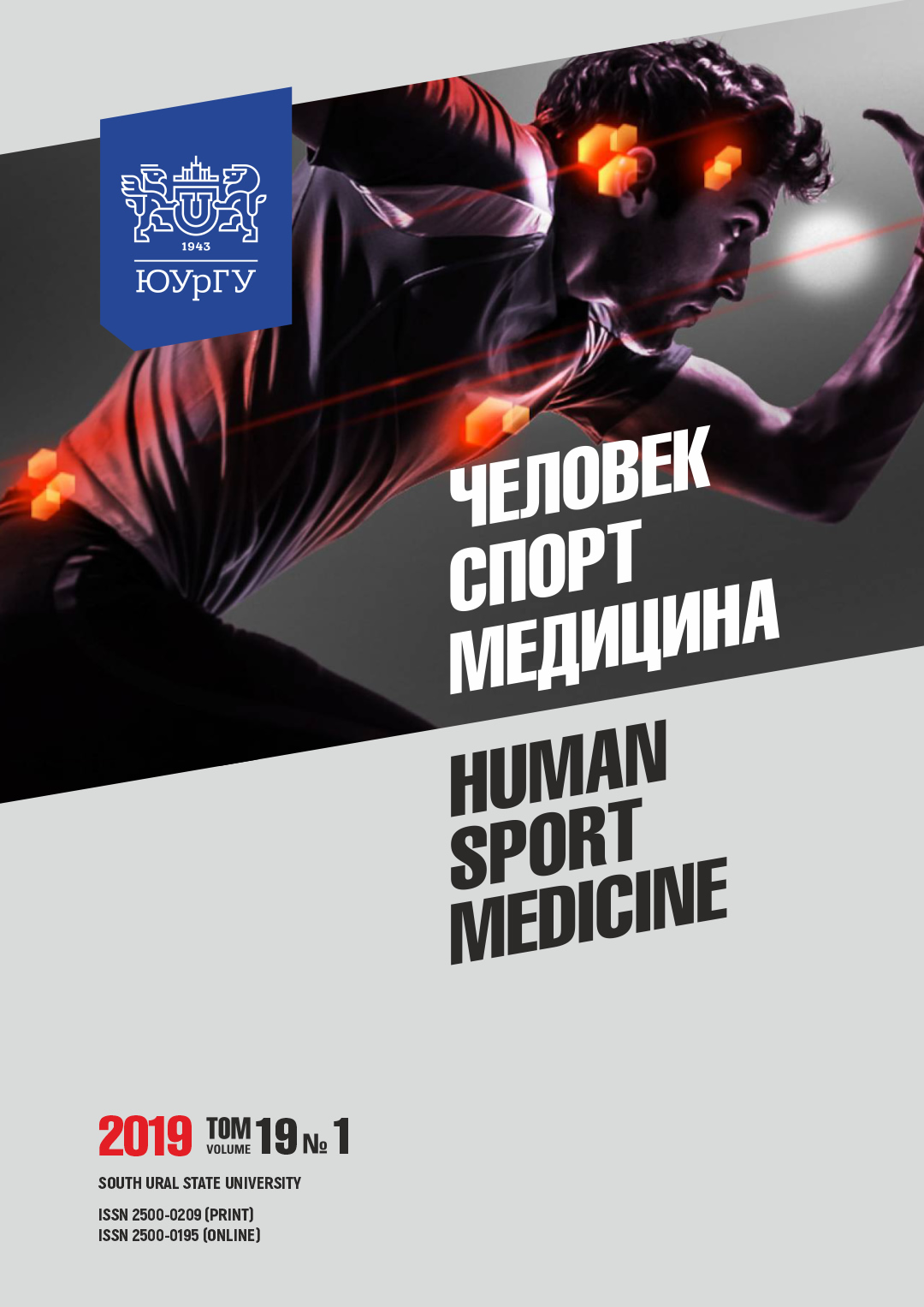THE NEW PHYSICAL EDUCATION AT SCHOOL: CORRECTIONAL AND HEALTH-IMPROVING USAGE OF STUDENTS’ PHYSIOLOGICAL INDEXES AS MARKERS OF PHYSICAL DEVELOPMENT AND HEALTH DISORDERS
Abstract
Aim. The article deals with establishing the efficiency of applying control and measuring indexes at Physical Education classes (physical development indexes, heart rate variability) as factors of health development and academic performance assessment. Materials and methods. We examined 20 fifth-grade male pupils (n = 20) from school No 90 (Togliatti), who formed the basic experimental group and followed a correction and development program. We also examined pupils of the same gender, age, and number at school No 91 (Togliatti) to form the control group with a standard school program. The following methods of diagnostics were used: a computer program ‘Express Assessment of Pupils’ Physical Health’ and heart rate variability assessment by means of Varicard 2.51 hardware and software complex. Results. The article provides the experimental justification of using the dynamics of functional indicators (physical development indexes, heart rate variability) as control and measuring indexes at Physical Education classes. We established that at the initial stage of the pedagogical experiment there were no significant differences between the indicators of physical health in the experimental and control groups. In the experimental group, after lessons, including the selection of correction and development exercises depending on physical development indexes and heart rate variability, we registered a significant improvement of the parameters studied. In the control group, there were no significant changes in physical development or health status. Therefore, physiological markers provide a maximal objectivation of physical development, health, and academic progress assessment in pupils at PE lessons. Conclusion. Measuring physical development and health indexes in screening mode allows: 1) to perform a dynamic control of children ontogenesis, 2) to detect and promptly prevent dysontogenesis, 3) to prevent schoolchildren’s disadaptation after overloads.
References
References on translit
Copyright (c) 2019 Human. Sport. Medicine

This work is licensed under a Creative Commons Attribution-NonCommercial-NoDerivatives 4.0 International License.















